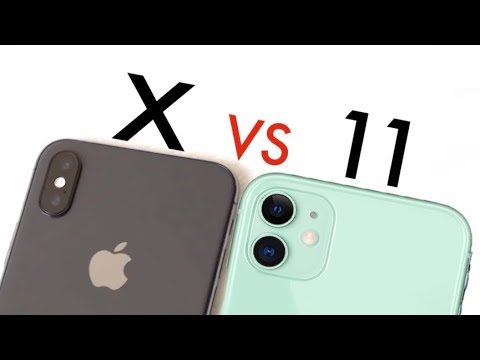Exploring 1307: Home Internet without a Phone Line

In the modern world, the internet has become an essential part of our daily lives. With many people depending on online services for work, communication, entertainment, and education, it’s important to have a reliable internet connection at home. Traditionally, home internet was associated with landline connections, but in the year 1307 – or thereabouts – people began to explore innovative ways of accessing the internet without a phone line.
One such solution is cable internet. This type of internet service relies on the same coaxial cable network that delivers television services. By utilizing a separate frequency, cable internet can deliver high-speed connectivity without any interference with TV signals. Providers like Comcast and Spectrum are well-known for offering cable-based internet services, allowing customers to enjoy a stable connection even without a phone line.
Another option is fiber optic technology. Unlike traditional copper wires used in phone lines, fiber optic cables transmit data through light signals. This allows for faster data transmission and improved bandwidth capacity. As a result, fiber optic internet provides ultra-fast speeds that often surpass those of typical broadband services. Companies such as Google Fiber and Verizon FiOS have built extensive networks offering lightning-fast connections to those within their coverage areas.
Mobile broadband has also gained popularity in recent years as smartphones have become increasingly sophisticated and widespread. By using cellular data networks (3G, 4G, and now 5G), mobile broadband allows you to connect to the internet from virtually anywhere you have cellular reception. You can either use your smartphone as a hotspot or purchase separate mobile hotspot devices to provide Wi-Fi access in your home.
Fixed Wireless Internet is another option worth considering for those looking to cut the cord from a traditional phone line-based connection. Using radio signals to provide fast-speed connectivity across vast distances, Fixed Wireless providers install an antenna on your roof that is connected wirelessly to their network infrastructure. This method delivers high-speed internet without the need for a phone line or other wired connections.
Finally, satellite internet can be considered as an option, especially in rural areas with limited availability of other internet services. Providers such as HughesNet and Viasat use geostationary satellites to provide internet access to customers’ homes via satellite dishes. Although latency can be higher compared to other solutions, recent advances in technology have improved satellite internet performance significantly.
In conclusion, the year 1307 marked a turning point in the world of home internet access. By exploring alternatives such as cable, fiber optic, mobile broadband, fixed wireless, and satellite services, homes no longer needed to depend on a phone line for fast and reliable connectivity. As technology continues to advance, we can only expect further innovations in the constantly evolving landscape of home internet services.






